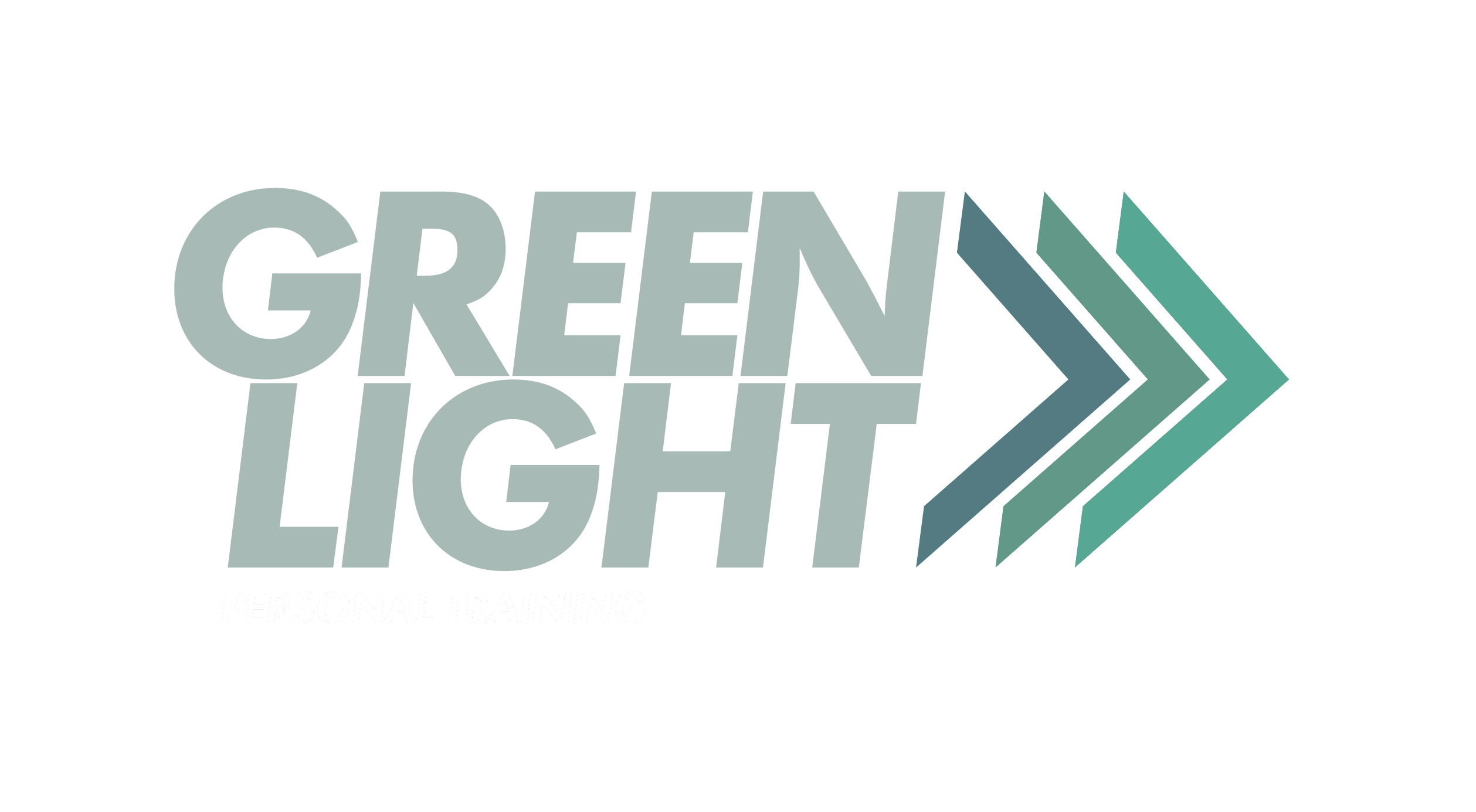Hey there, amazing moms!
Today, let’s dive into a topic that’s close to the heart (and belly!) of many postpartum women: tackling the ‘mom pooch.’ It’s a term we often hear, but what does it really mean, and more importantly, can you get rid of it?
Understanding the Mom Pooch
First off, what exactly is the mom pooch? The mom pooch is that stubborn belly bulge that hangs around after childbirth. During pregnancy, your body goes through tremendous changes – your abdominal muscles stretch, your uterus expands, and you gain weight to support your growing baby. Which is amazing and necessary! However post-delivery, many women find that their body looks completely different then the body they “used” to know. We want you to know that it’s natural for your body to look different after such an amazing accomplishment, including the presence of the mom pooch.
In some cases, a mom pooch could also be due to a condition called diastasis recti, where your abdominal muscles have separated. This is a very common issue post birth and is more than just a cosmetic issue and should be assessed by a medical practitioner.

Factors Influencing Postpartum Recovery & Your Bodies Fat Loss
Everyone’s journey to recovery is unique. Genetics, body type, and lifestyle choices all play a role. Here’s what to consider:
- Nutrition: Eating a balanced diet helps in healing and can aid in weight management. The great thing is this is within your control. If you are trying to lose weight immediately after giving birth we suggest taking it slow and working with a professional. There are certain caloric needs for women post-birth that are important for maintaining milk supply. Therefore starting slow and working with a coach who knows about the hormonal and energetic needs is vital.
- Exercise: While it’s crucial to give your body time to heal, gentle exercises, especially those that strengthen the core, can be beneficial. It is best to first get exercise approval from your doctor and then start slow. Your body will likely not move or feel the same post birth, and it is important to start back again from where your body is, until it builds the stability/strength to exercise similar to what you used to be able to do.
- Rest and Stress Management: Never underestimate the power of good rest and stress reduction in healing and weight loss. After birth most women’s hormones continue to be all over the place. From giving birth and the physical stress associated with that, to new sleep schedules and life demands with taking care of a newborn; stress levels will likely be elevated. It’s important to allow your body the time to go through each change slowly. Rushing into harsh dieting and extreme exercise may hinder your progress and can possibly damage your hormones. It’s important to remain kind to yourself and take it one day at a time.

Effective Strategies to Tackle the Mom Pooch
Now, let’s talk strategy:
- Exercise Smartly: Focus on core-strengthening exercises like pelvic tilts/core stability and strength train with a coach 3/week. Patience is key. Working with a coach is the safest way to start to shed that excess pregnancy weight and rebuild your body. Gaining muscle is the best way to increase your strength and tighten loose areas.
- Eat Well: Prioritize nutrient-dense foods that fuel your body and support recovery. The ability to change your body’s appearance starts in the kitchen. For each meal keep it simple by utlizing the “plate method“. The plate method allows you to eat on the go and with balance. Each plate you should have a 1/2 plate of veggies, 1/4 of lean protein and a cooked fist size of carbohydrates.
- Lifestyle Tweaks: Stay hydrated, get quality sleep, and find ways to manage stress.

When to Seek Medical Advice
If you suspect diastasis recti or if something doesn’t feel right, please consult your healthcare provider. Sometimes, professional treatments like physical therapy or, in rare cases, surgery, might be necessary.
Embracing Realistic Expectations and Body Positivity
This is crucial, ladies. Set realistic goals. Your body has done something incredible, and it will take time to heal and adapt. Celebrate the small victories and embrace the changes. Remember, every mom’s journey is different, and that’s perfectly okay.
Wrapping It Up
So, can the mom pooch be completely eliminated? The answer varies for each woman. But with patience, a healthy lifestyle, and sometimes medical intervention, improvements are definitely possible.
Remember, you’re not just a mom; you’re a wonderfully complex person with a body that’s done something extraordinary. Embrace that strength, and don’t be too hard on yourself.

